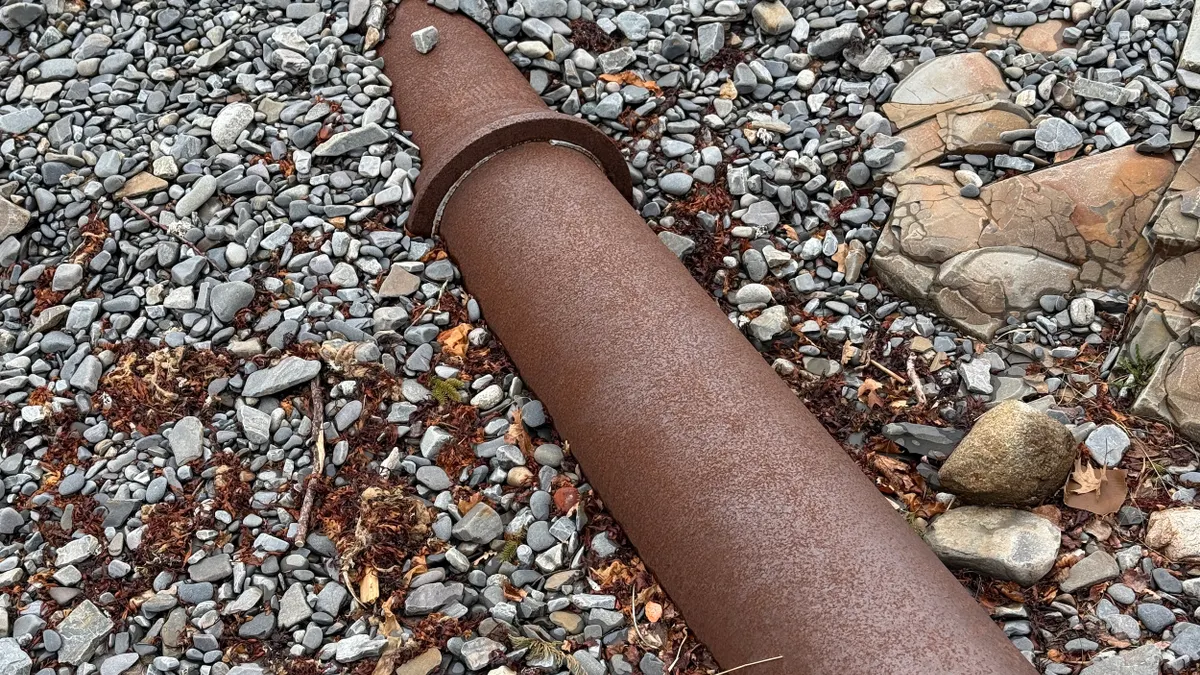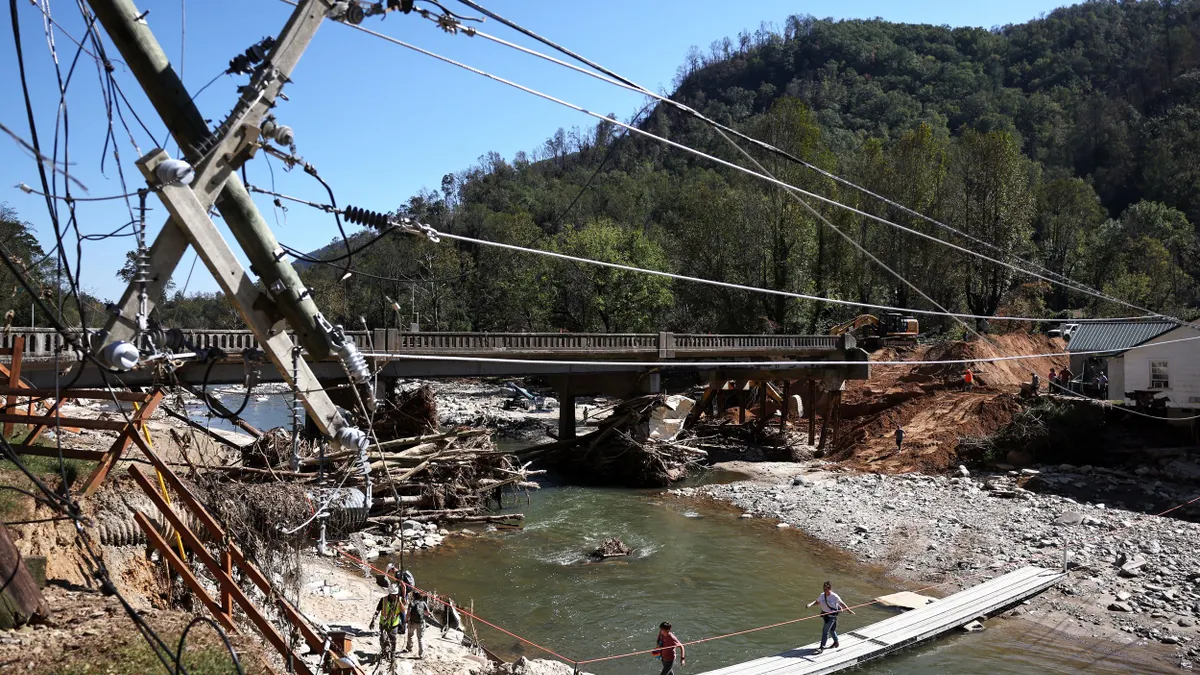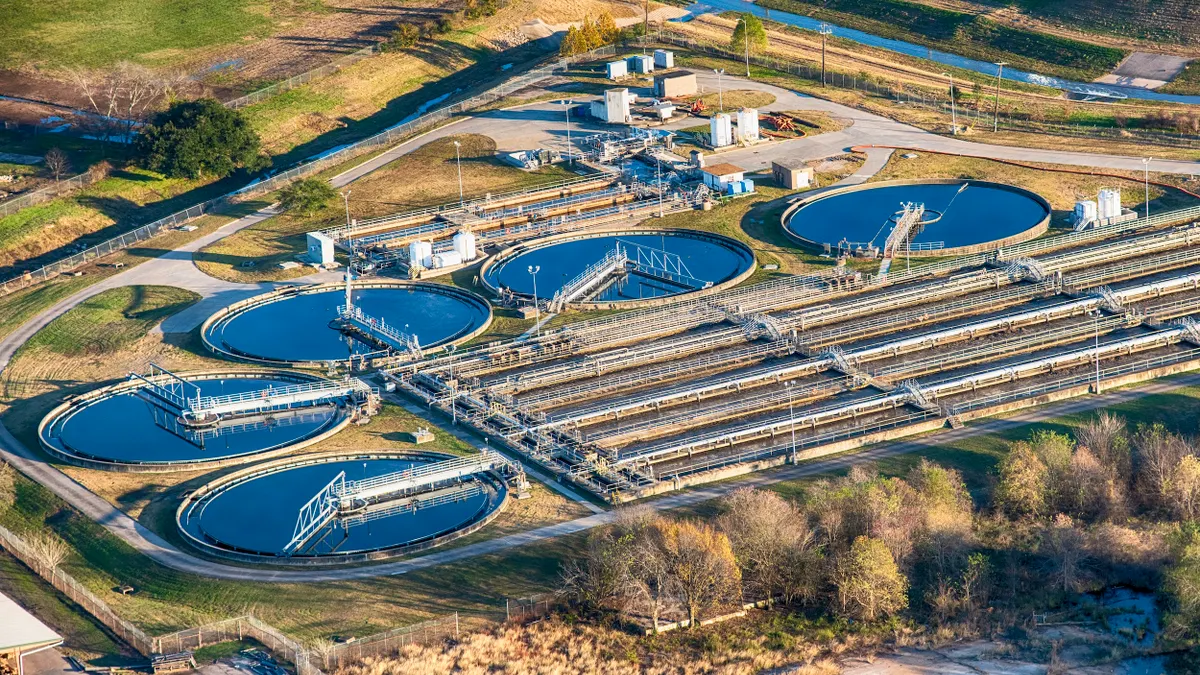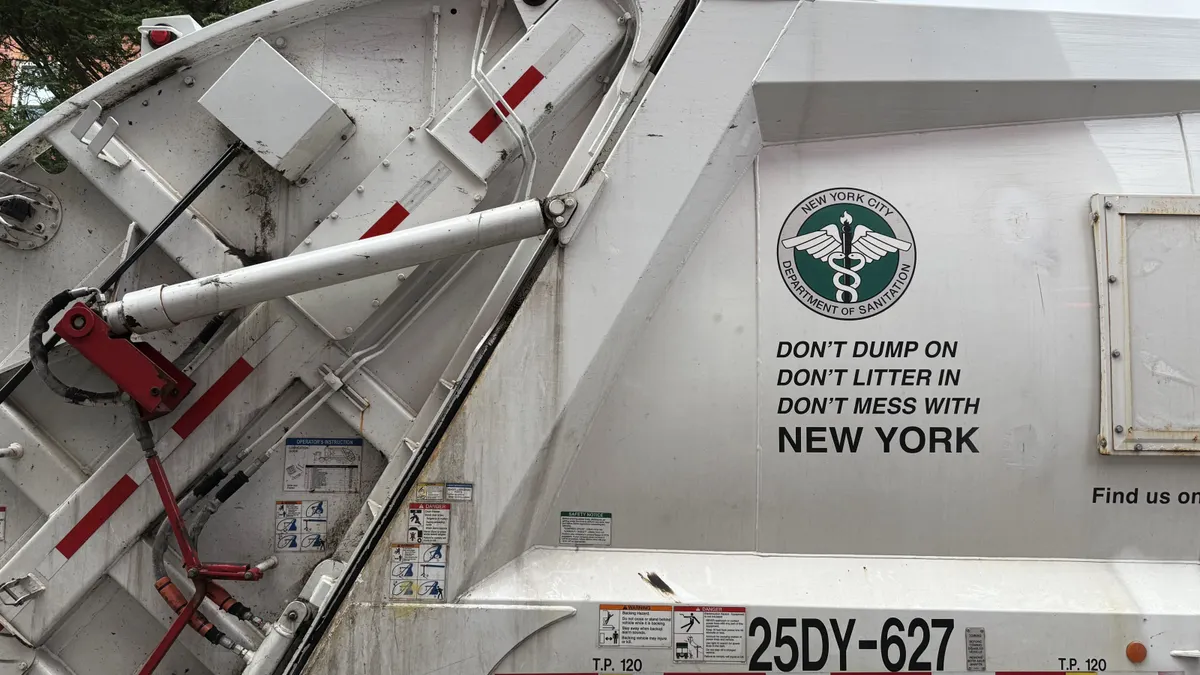In Hollywood, the big stars can sell a movie by themselves and Hollywood's utility wants to know if renewables are ready for stardom.
In 2016, the Los Angeles City Council asked the Los Angeles Department of Water and Power (LADWP) to study the possibility of moving to a 100% renewables resource mix. For renewables, this could be what Hollywood calls a “marquee moment.” Many see in renewables the 'star' quality to run the 'show' on their own.
Others worry that co-stars, in the form of backup fossil generation, will be needed into the 2040s if LADWP is to guarantee reliable electricity for its 1.5 million-plus customers. That's because if renewables get casted, LADWP faces a big challenge: Limits on regional transmission constrain LA’s renewables choices largely to solar and more solar.
To answer the questions raised by the city council’s order, LADWP formed a high-powered advisory group that is winning rave reviews from renewables advocates. It includes technical experts, commercial and industrial customers, policymakers and community interest groups, according to LADWP. It is led by National Renewable Energy Laboratory researchers.
The group has begun familiarizing itself with the details of LADWP operations. Its conclusions are due by the fall of 2019.
In the meantime, to create a “roadmap” to 100% renewables and help inform the debate, local advocacy group Food & Water Watch (FWW) commissioned “Clean Energy for Los Angeles”, released March 7 by Synapse Energy Economics.
The Synapse paper has been welcomed by advocates for a more rapid transition to 100% renewables. It found the city’s transition to 100% renewables by 2030 is “feasible” and “will be cheaper for LADWP ratepayers” than business as usual, according to FWW Executive Director Wenonah Hauter.
Synapse also offers new co-stars for renewables. Instead of fossil fuels and hydropower delivered on costly new transmission, the co-stars can be energy efficiency, demand response and battery energy storage, Synapse says.
Synapse associate and paper co-author Spencer Fields said the study has one very important takeaway. The biggest change for LADWP in the coming transition will not be its resource mix. It is already more than 30% renewables and quickly adding more to meet its clean energy mandates. The biggest change in moving to 100% by 2030 will be how the utility operates its system.
A transmission-constrained load pocket
The Los Angeles basin is a transmission-constrained load pocket. The bulk of LADWP’s 4,000 MW to 6,000 MW load is met by out-of-basin nuclear, coal and hydropower generation delivered through four transmission lines. When demand spikes beyond the carrying capacity of that limited transmission, the utility calls on three in-basin natural gas plants.
The basin’s Harbor, Haynes and Scattergood plants have allowed LADWP to maintain reliable delivery of electricity. But their water-cooling systems harm the local ocean environment. And they cannot ramp generation up quickly to meet recently increasing demand fluctuations caused by higher renewables penetrations on LADWP’s system.
To sustain reliability while meeting environmental regulations, the utility got approval to repower the plants. Upgraded, air-cooled Scattergood and Haynes units protect system reliability because they can ramp to full power within 10 minutes, according to LADWP. But they do not fit into a 100% renewables resource mix, which is why the upgrading of the other Scattergood and Haynes units and all of the Harbor units has been delayed.
In a preliminary clean energy future summary paper prepared by LADWP, the first “key” consideration explicitly raises the utility’s concern with maintaining system reliability without flexible natural gas plants. The rest of the paper’s key considerations implicitly raise similar concerns.
One of those concerns is about meeting federally mandated reliability standards while expanding renewables. Another is that new transmission expenditures can only be avoided with more storage but relying on battery storage for reliability could be difficult with current battery costs and chemistries. Either way, there is a concern about how the transition to 100% renewables could impact rates.
Southern California Edison (SCE) serves just over 5 million customers in regions adjacent to LADWP’s territory. It has similar concerns about a 100% renewables mix in the transmission-constrained basin.
SCE spokesperson Robert Laffoon Villegas declined to comment directly on its neighbor utility’s 100% target. But SCE continues to oppose Senate Bill 100, which would increase California’s renewables mandate to 60% by 2030 and target 100% by 2045, he said.
SCE's concern is that the bill does not adequately “consider the potential impacts to utility customers and system reliability,” it wrote to regulators.
The ramping challenge
LADWP’s preliminary clean energy future paper labels its reliability concern a “ramping challenge” that has accelerated with the addition of high volumes of renewables. To meet the ramping challenge, the remaining Haynes, Harbor and Scattergood units were scheduled for repowering by 2029. Those repowerings are all “paused” now.
“LADWP is reassessing all planned repowering projects until a system-wide, in-depth, and independent study is completed,” LADWP’s preliminary paper reported.
“The biggest difference between just meeting the current targets and getting to 100% [renewables] is learning to operate the system a new way.”

Spencer Fields
Associate, Synapse Energy Economics
Synapse’s Fields said LADWP will have about the same amount of renewables capacity in 2030 whether it is at 100% renewables generation or the City Council-mandated 60% renewables generation. This is because the 60% renewables mix would be supplemented by traditional generation, but the 100% renewables capacity would require a new operating paradigm and new resources.
“The biggest difference between just meeting the current targets and getting to 100% is learning to operate the system a new way,” he told Utility Dive. Instead of investing in repowering the in-basin plants and relying on natural gas peakers to balance the system, LADWP would need to learn to use energy efficiency, demand response and battery energy storage.
Sierra Club Beyond Coal Campaign Deputy Director Evan Gillespie said the “central question” for LADWP is what to do about the 1,682 MW of in-basin natural gas.
“The question is whether the plan to repower the remaining units is the best plan, given the rapid growth of alternative technologies,” Gillespie told Utility Dive.
The biggest challenge in moving to 100% renewables by 2030 could be “stretching the cultural and operational limits of a utility that has been operating independently for a hundred years. But [LADWP] is not resisting. Its leaders are trying hard to pivot and challenge themselves.”

Evan Gillespie
Beyond Coal Campaign Deputy Director, Sierra Club
To answer that question, LADWP’s study must determine if reliability can be sustained with the operations plan proposed by Synapse, Gillespie said. The Synapse report was not intended to answer that question, he added. “It was to show how retired fossil plants could be replaced with renewables and distributed energy resources megawatt for megawatt. That is the essential first step.”
The biggest challenge in moving to 100% renewables by 2030 could be “stretching the cultural and operational limits of a utility that has been operating independently for a hundred years,” Gillespie said. “But the utility is not resisting. Its leaders are trying hard to pivot and challenge themselves.”
The next, and very difficult, questions are about how to balance the system in even the most extreme contingency scenarios, Gillespie said. LADWP “seems really committed to this planning effort.”
Though transmission constrained, the LA basin has the Castaic pumped hydro storage facility on its distribution system, which could be expanded, Gillespie said. Expanded transmission on the eastern side of the basin could deliver more utility-scale renewables.
The next set of questions are about the cost-effectiveness of battery storage and the room for it within the basin, Gillespie said.
There is also an unquantified opportunity in demand response because 70% of LADWP’s load is commercial-industrial customers who often see opportunity in demand response programs, Gillespie said.
Farther out, there is enormous potential in transportation electrification, because the city’s huge bus fleets and over half-a-million cars are expected to be electric by 2030, he added. “That is a lot of potential electricity storage."
The decision on completing the repowering of the Scattergood, Haynes and Harbor units is “the whole ballgame for the transition to 100% renewables by 2030,” Gillespie said. If LADWP concludes they are not vital to reliability in the 2020s, the utility “can be at 100% by 2030 or soon after.”
Solar or more solar?
Synapse’s Fields said the biggest difference in the renewables choices LADWP faces is whether to use a plan dominated by utility-scale solar or a plan with even more solar, but dominated by distributed solar.
Synapse modeled a “reference case” in which the utility meets its existing city council-mandated targets for generation capacity, storage, GHG reductions and its other policy-imposed obligations, along with two other cases. In the reference case, the utility would double its renewables capacity by 2030 by adding 4 GW of solar capacity, 500 MW of wind capacity and 450 MW of storage capacity.
In Synapse’s 100% renewables “utility-scale case,” LADWP would add the same amount of wind and solar as in the reference case, but would also add almost 2 GW of storage capacity. In the “distributed case,” the utility would have 4.3 GW of distributed solar and 5.7 GW of total solar capacity.
It would also need to add 2.7 GW of storage because “distributed solar has a lower capacity factor” and “more storage capacity is necessary,” Synapse reports.
Demand response would play an increasing role in balancing the system, Synapse adds. At the utility’s targeted 60% renewables in 2030, demand response would meet 10% of load. It would be 11% of load in the distributed solar case, and 12.5% in the utility-scale case.
Both solar cases would result in “significant curtailment of renewables,” Synapse notes. Tha's because without new transmission, there would be limits on selling LA’s excess renewables generation into other markets.
As the renewables penetration rises on its system and solar dominates midday generation, it's anticipated that LADWP will be forced to respond to more dynamic fluctuations. In the reference case, it will have natural gas peakers for balancing and will continue to use traditional resources to meet its evening peak, Fields said.
In the utility-scale and distributed cases, solar is almost the entire daytime generation source and much would either be stored or unused, he said. “Much more stored solar and more [demand response] would be used than in the reference case to meet the evening peak. In the distributed case, much much more stored solar and more [demand response] would be used” than the reference case.
Synapse’s 100% cases use a resource mix that is "heavier on curtailment and storage," than other potential resource mixes but there are “many potential generation and capacity mixes,” it acknowledges.
The mixes Synapse chose were “optimized” using “current cost trends for various renewable technologies,” the study adds. “It is possible that in future years the costs of renewable and storage technologies may change, making a different 100% renewable scenario more cost-effective and feasible.”
A further word about cost
“LADWP will need to spend money, no matter what, to meet existing targets,” Synapse’s Fields said. “Through 2030, the utility-scale case is more expensive than the reference case and the distributed case is less expensive than the reference case."
Synapse estimated the cumulative net present value (NPV) of the reference case from 2017 to 2030 at $49 billion. The utility scale case has an estimated $56 billion NPV and the distributed case has an estimated $47 billion NPV.
The utility-scale case’s higher cost is because it requires storage and geothermal capacity and energy efficiency and demand response investments not required by the reference case. The distributed case’s lower cost is because much of the distributed solar is built by customers and those costs are not included in its calculation, Synapse acknowledges. Customer-owned electric vehicles and water heating could also reduce costs, the study adds.
An important factor for planners to notice is that the cost for both solar cases rises significantly in 2029 and 2030 “as LADWP finalizes its push to 100% renewable generation in each hour,” Synapse reports.
The spike is “when the last fossil plants or nuclear plants come offline,” Fields acknowledged. “That does not happen by 2030 in the reference case, but it is likely the difference in overall costs for the reference and solar cases would close as the utility moves toward 100% renewables farther out,” he added.
Ultimately, “this is a transition LADWP must make to meet existing targets, and this study shows getting all the way to 100% renewables does not require any more renewable generating capacity,” Fields said. “They just need to adjust to a new system operating paradigm.”





















